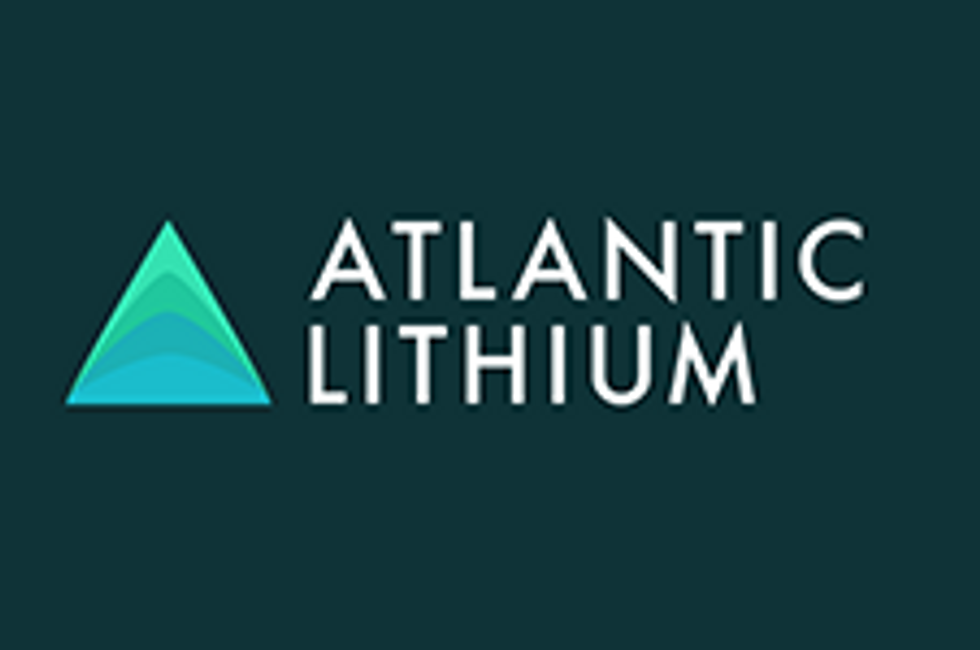Tesla’s Weak Q4 Results: Should Lithium Investors Worry?
On Wednesday, Tesla Motors released its Q4 and full-year results for 2014. The financials were underwhelming, and given how closely the stock’s performance is tied to sentiment for the lithium, graphite and cobalt spaces, investors in mining companies focused on those metals might be a tad worried.
That negativity overwhelmed the company’s positive achievements — it reported record quarterly production of 11,627 vehicles — and its share price dipped about 4 percent in after-hours trading on Wednesday, finishing down another 4.66 percent Thursday at $202.88.
For his part, Jonathan Lee, president at JGL Partners in New York, noted Tesla actually put out a decent performance, but had timing issues with vehicle deliveries. “[T]hey had good production numbers and met expectations, however, deliveries of the vehicles fell short,” he said in an email. “Thus, my sense it was just a timing issue between production and recognizing revenue.
Indeed, Tesla’s letter to shareholders for Q4 cites a strong US dollar and a shortfall in vehicle deliveries as drivers for its performance. The manufacturer held back the release of its Performance All-Wheel Drive Dual Motor car (P85D), and “one-time manufacturing inefficiencies” related to that technology and to its new autopilot functionality caused delivery delays for some vehicles.
Even so, Chairman and CEO Elon Musk has come forward to emphasize the long-term success of the company, suggesting that its market capitalization could rival Apple’s (NASDAQ:AAPL) within 10 years. He also has a positive outlook for 2015, and expects Tesla to be cash-flow positive by the end of the year; in addition, he anticipates sales of 55,000 Model S and X vehicles, even in light of weak sales in China. “Even if our sales in China were zero this year, I’m still confident we could do the 55,000 cars,” he said in Wednesday’s conference call.
Still, given how closely the stock’s performance is tied to sentiment for the lithium, graphite and cobalt spaces, investors in mining companies focused on those metals could be a tad worried.
Chris Berry, president of House Mountain Partners and co-editor of the Disruptive Discoveries Journal, has previously suggested that Tesla is “the bellwether for battery-grade lithium demand” when it comes to lithium juniors — for better or for worse. As a result, “any consistent misses in sales targets or delays in rollouts of future models (Model X, for instance), could have negative implications for the lithium market — in particular the junior mining companies hoping to join the ranks of producers,” he said back in December.
However, looking at it another way, Lee didn’t see Tesla missing sales targets or delaying rollouts as having any effect on the lithium market at all. “If you make an estimate that each tesla vehicle has about 60 to 80 kg of lithium carbonate equivalent in it, even 2,000 vehicle difference over the course [for] the year is 160 tonnes of lithium carbonate equivalent,” he said. “To put that number in perspective, the global demand is over 160k tonne, so the change is a rounding error in the overall lithium market.”
To be clear, Berry remains optimistic regarding the long-term outlook for lithium. On Thursday, he pointed out in a note that there appears to be little concern for the supply of raw materials needed to satisfy Tesla’s growth targets, and seemed unsatisfied with the lack of detail on the issue in Wednesday’s conference call. Management at Tesla has expressed positivity on what it’s found out regarding the battery supply chain, but isn’t ready to formally announce any partnerships.
The analyst stressed that he isn’t forecasting a shortage for lithium, but did note that “TSLA’s audacious plans are well known, but adding growth plans of other major automotive and battery manufacturers together puts forth the possibility of challenges in procuring a reliable source of raw materials.”
Overall, he still seems positive on the long-term outlook for Tesla. “Although [Wednesday’s results were] disappointing, TSLA should still likely be viewed through a longer-term lens than its competitors as the company is still arguably in its early growth phase and isn’t yet a mature operating entity,” he stated.
And electric vehicles are not the only trick Tesla has up its sleeve — Musk commented that Tesla will unveil a home-use battery “fairly soon,” which could also be exciting for lithium investors. The chairman estimates that the battery will be unveiled in the next month or two and thinks that production will probably start up within the next six months. Certainly, investors will be watching for more details from Tesla going forward in 2015.
For Lee, that could have much more of an effect on demand over the longer term than the electric vehicle side of things, especially given the relative size of both markets. “The size is terms of gigawatt storage is magnitudes greater than the gigawatts that would ever be stored for EV’s,” he pointed out.
Stocks round up
Despite the potential effect of Tesla’s results on lithium market sentiment, several lithium juniors experienced share price gains on Thursday:
- Bacanora Minerals (TSXV:BCN) — up 12.36 percent to $1
- Nemaska Lithium – (TSXV:NMX) — up 11 percent to $0.20
- Western Lithium USA (TSX:WLC) — up 2 percent to $0.52
- Li3 Energy (OTCMKTS:LIEG) — up 20 percent, or a third of a cent, to $0.0175
- Stria Lithium (TSXV:SRA) — up 6 percent, or half a cent, to $0.09
Securities Disclosure: I, Teresa Matich, hold no direct investment interest in any company mentioned in this article.






